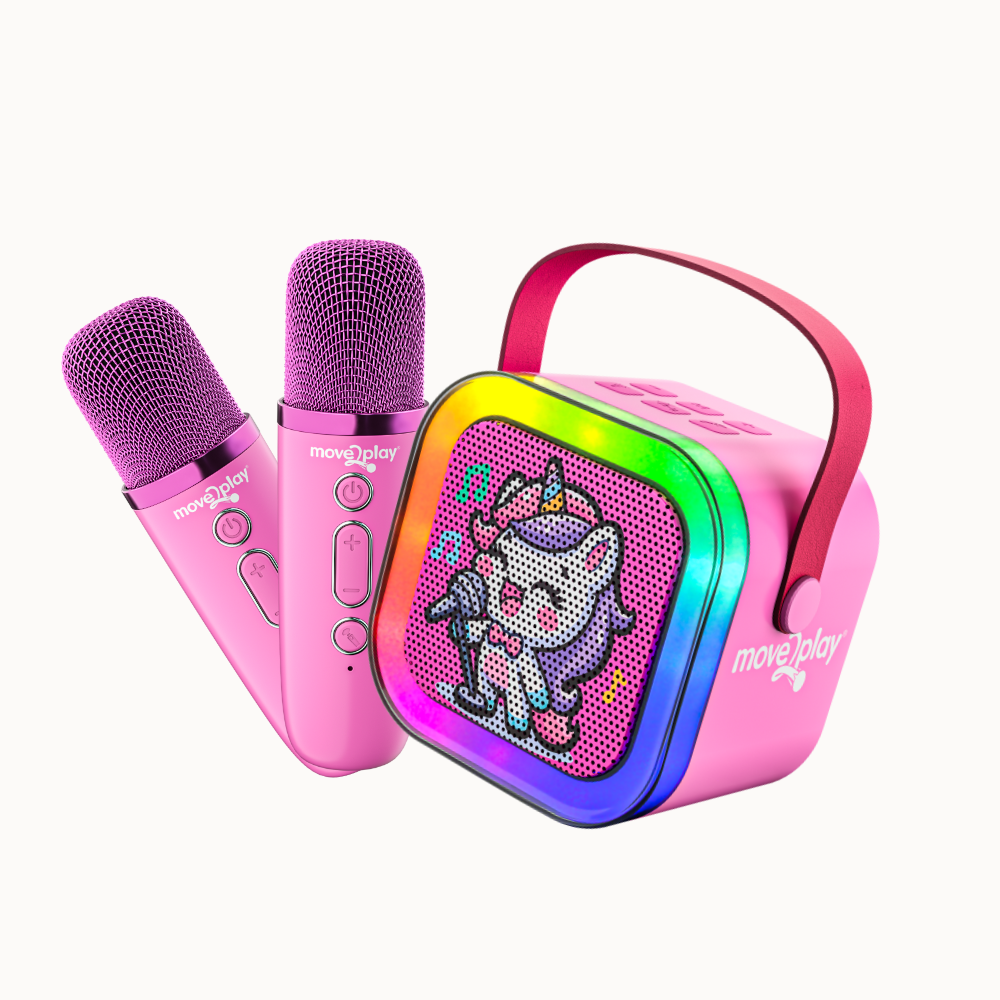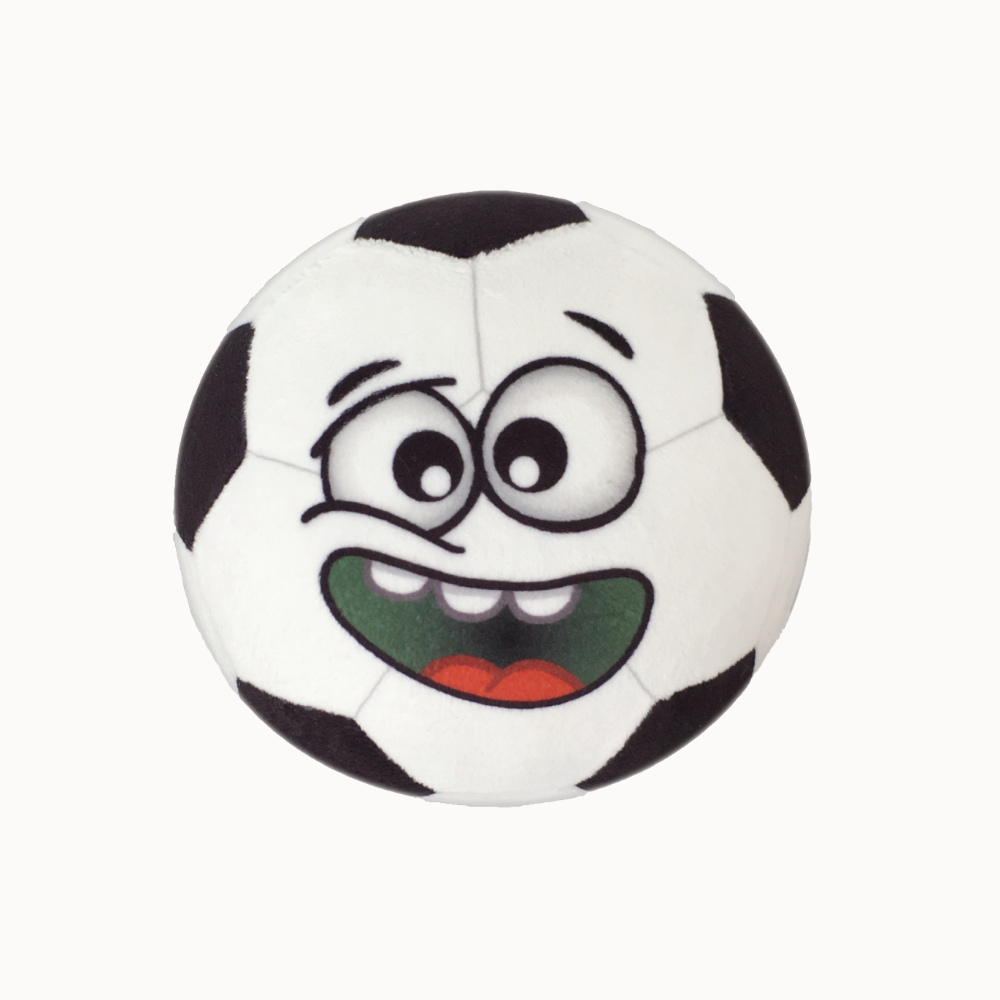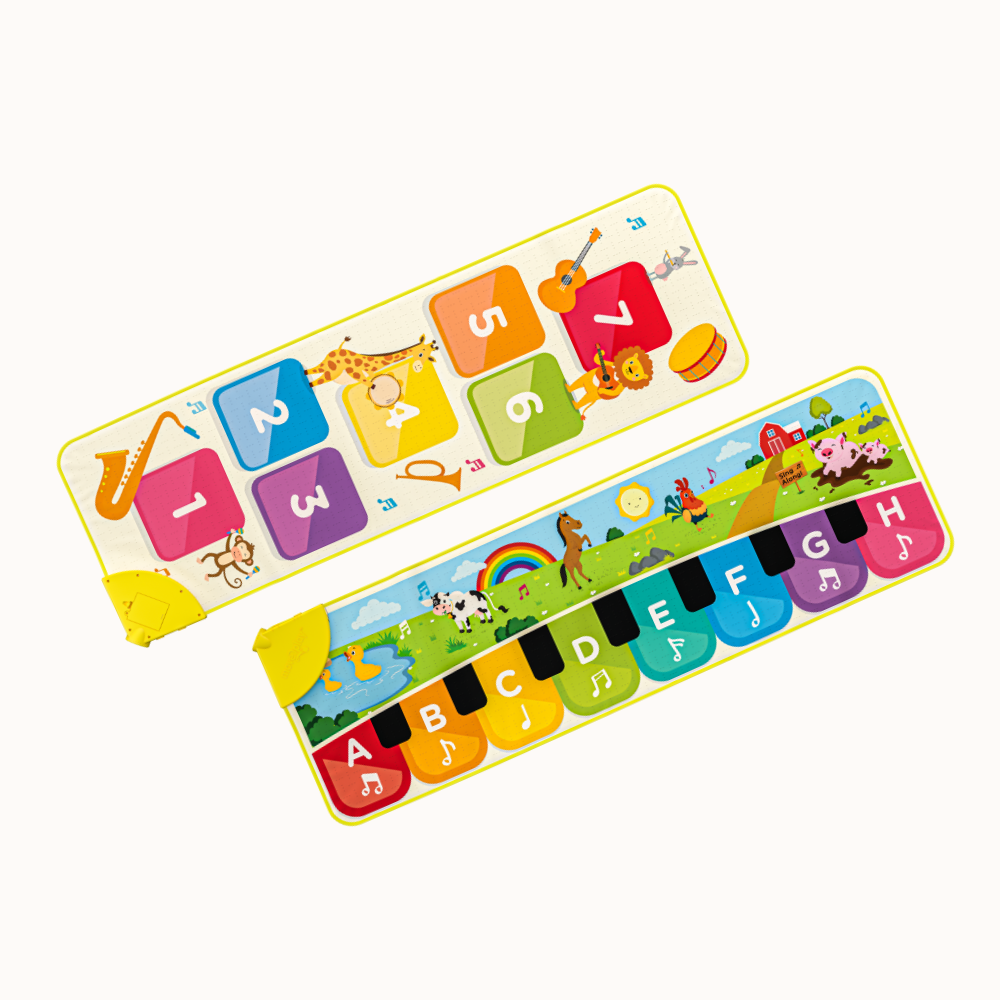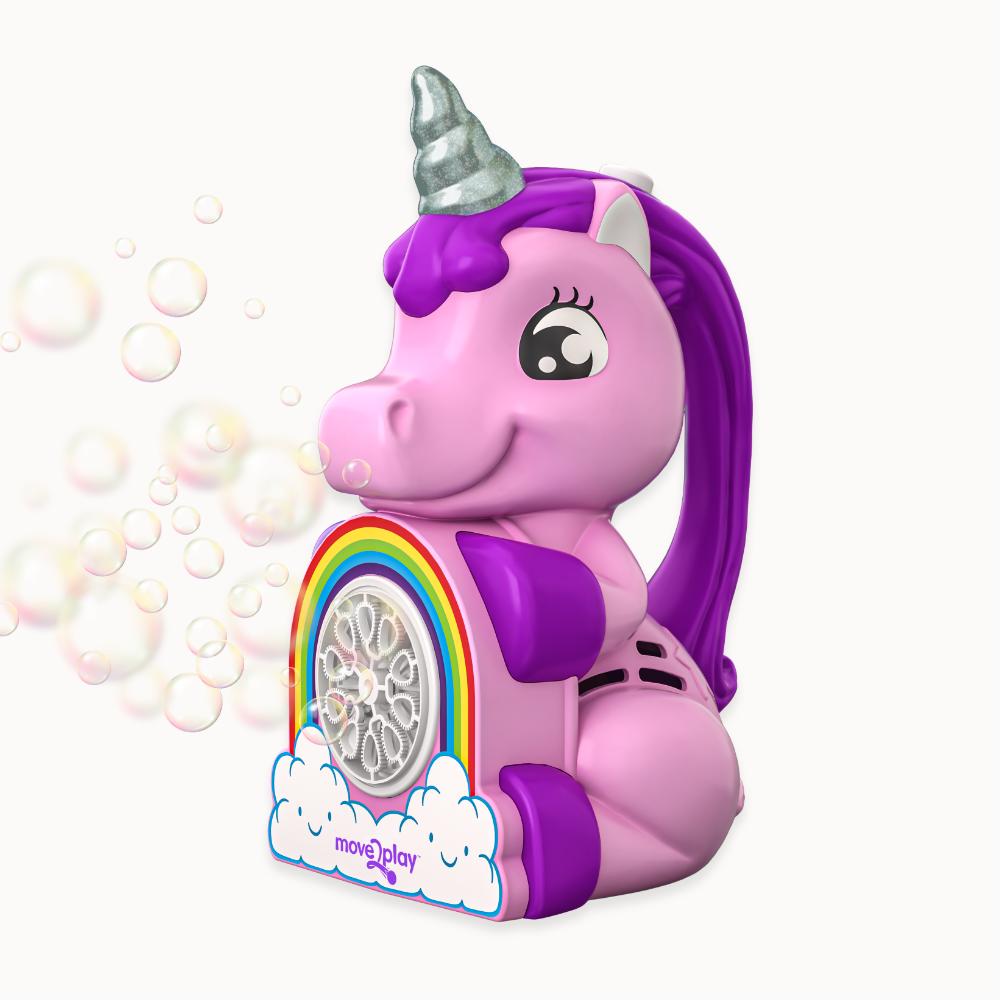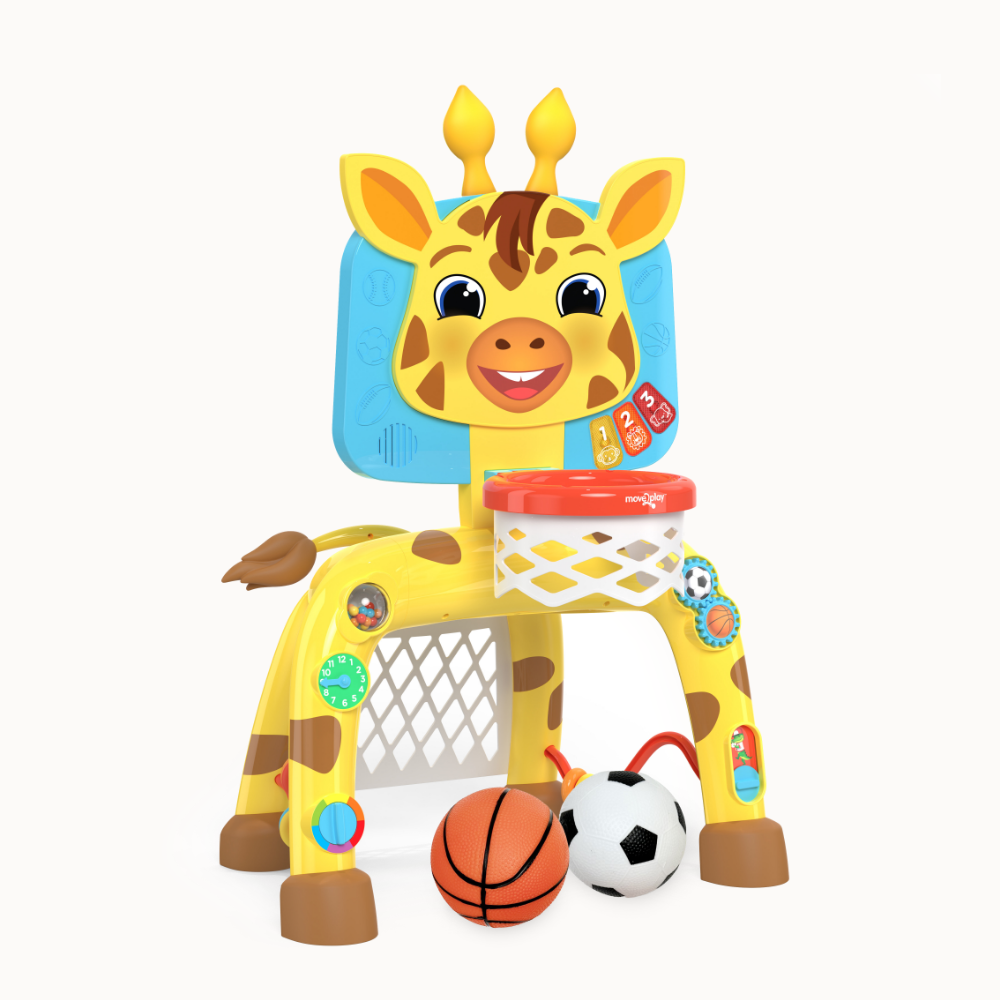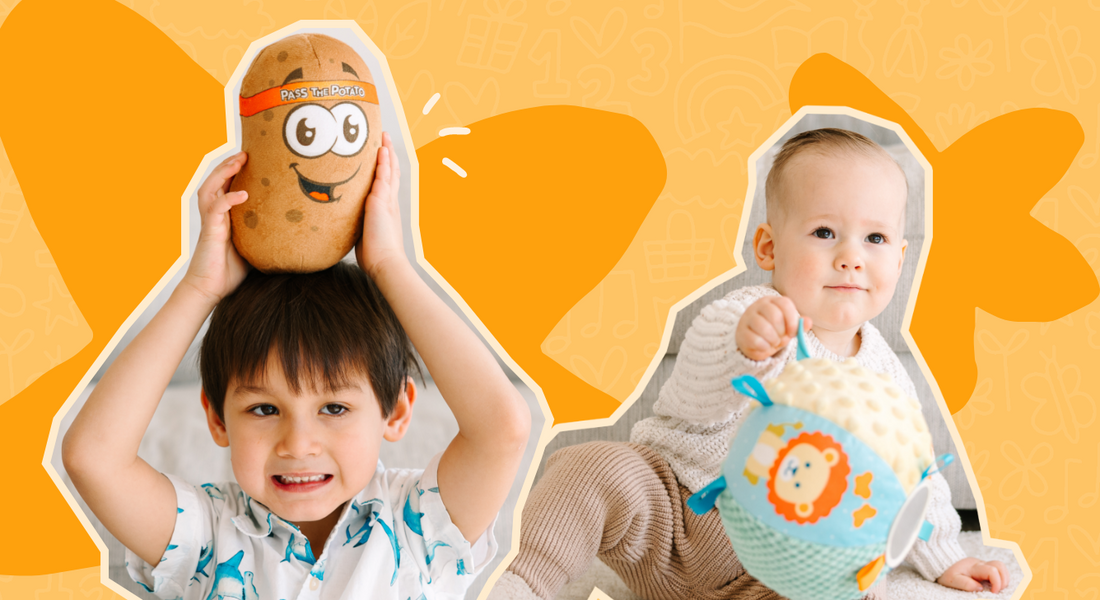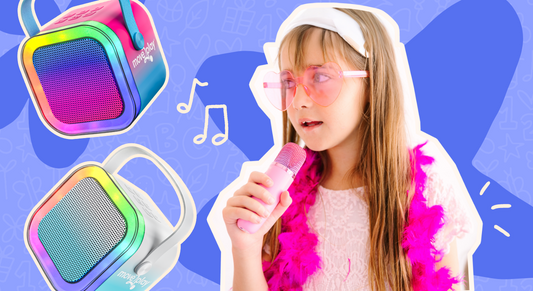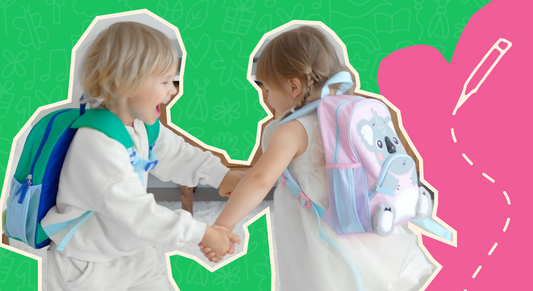If your child is constantly in motion — climbing, jumping, spinning, dancing — don’t worry: that’s not just "kid energy." It’s actually their brain at work.
Movement is one of the most powerful tools for early childhood development. From gross motor skills to emotional regulation, those wiggles and races around the living room are laying the groundwork for lifelong learning.
In this post, we’ll break down why movement matters , how it impacts key areas of development, and easy ways to support it at home — no fancy equipment needed.

Why Movement Matters in Early Childhood
Between ages 1 and 5, children are in a critical window of brain development . During this time, movement and physical play support:
Cognitive growth
Emotional regulation
Motor skill development
Social interaction
Language acquisition
Movement isn’t just about exercise — it’s how kids explore, understand, and connect with the world around them.
5 Ways Movement Supports Development (and Why It’s So Important)
1. Builds Gross Motor Skills
Running, jumping, crawling, climbing — these big-body movements help kids develop strength, balance, and coordination. They also lay the foundation for more complex physical tasks down the road, like riding a bike or playing sports.

2. Enhances Brain Development
Movement activates multiple areas of the brain at once — including those responsible for attention, memory, and learning . Activities that involve crossing the midline (like touching opposite toes) can even improve bilateral coordination and brain hemisphere integration.
3. Improves Emotional Regulation
Physical play helps kids manage stress, frustration, and big feelings. When kids move their bodies, they release energy, reset emotionally, and often feel more calm and centered afterward.
4. Boosts Language and Communication
Movement-rich play often involves imitation, turn-taking, and labeling actions (“jump,” “spin,” “stop”). These are natural opportunities for language growth and social-emotional learning — especially during interactive games.
5. Encourages Focus and Learning Readiness
Active kids are better prepared to sit still, pay attention, and learn when it’s time to focus. Movement breaks improve concentration and support transitions between tasks — especially for toddlers and preschoolers with shorter attention spans.

Easy Ways to Encourage Movement at Home
You don’t need a big yard or hours of free time. Try these simple, low-prep ideas to get your child moving:
Play Simon Says with big body movements
Dance to a favorite song together
Create a pillow obstacle course
Go for a walk and play “I Spy”
Let them help carry light objects or clean up toys
Try animal walks: crawl like a bear, hop like a frog, slither like a snake
Even just 10 minutes of movement can make a big difference in your child’s mood and focus.

Final Thoughts
Movement is so much more than "getting the wiggles out" — it’s a key part of how kids grow, connect, and thrive .
By building movement into everyday routines — even in short bursts — you’re setting your child up for success in school, relationships, and life.
And the best part? It’s fun. For them and for you.
